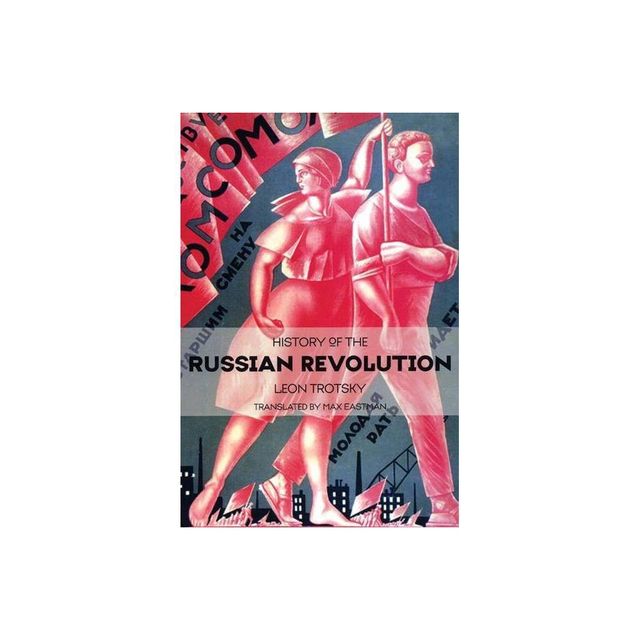Home
Rural Unrest During the First Russian Revolution
Loading Inventory...
Barnes and Noble
Rural Unrest During the First Russian Revolution
Current price: $111.00


Barnes and Noble
Rural Unrest During the First Russian Revolution
Current price: $111.00
Loading Inventory...
Size: OS
*Product Information may vary - to confirm product availability, pricing, and additional information please contact Barnes and Noble
The narrative of peasant unrest in Russia during 1905–1906 combines a chronology of incidents drawn from official documents, with close analysis of the villages associated with the disorders based upon detailed census materials compiled by local specialists. The analysis concentrates on a single province: Kursk Oblast, bordering the now independent Ukraine. In place of the general surveys of the revolution that dominate the literature, Miller focuses on local events and the rural populations that participated in them.
Documents the degree to which the peasant community had been pushed onto the path of change by the end of the nineteenth century, how much the "peasantry" itself had become increasingly heterogeneous in outlook and occupation, and the rapidity with which these processes had begun to corrode the legitimacy of the older order. Miller concludes that unrest was concentrated mostly among peasant communities for whom the benefits the vital interactions between social unequals that had maintained a fragile social peace in the countryside had been radically eroded; he furthermore identifies the prominent role played by that spectrum of persons that retained their ties to their villages, but stood toward the margins of rural life.
Documents the degree to which the peasant community had been pushed onto the path of change by the end of the nineteenth century, how much the "peasantry" itself had become increasingly heterogeneous in outlook and occupation, and the rapidity with which these processes had begun to corrode the legitimacy of the older order. Miller concludes that unrest was concentrated mostly among peasant communities for whom the benefits the vital interactions between social unequals that had maintained a fragile social peace in the countryside had been radically eroded; he furthermore identifies the prominent role played by that spectrum of persons that retained their ties to their villages, but stood toward the margins of rural life.


















